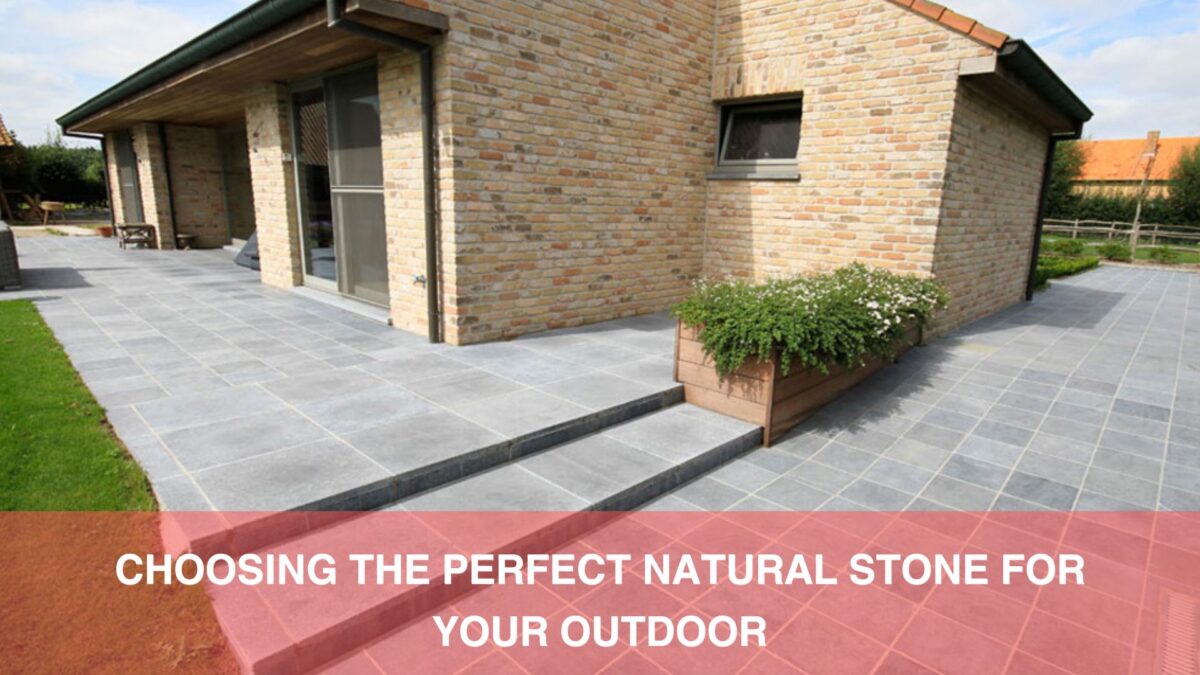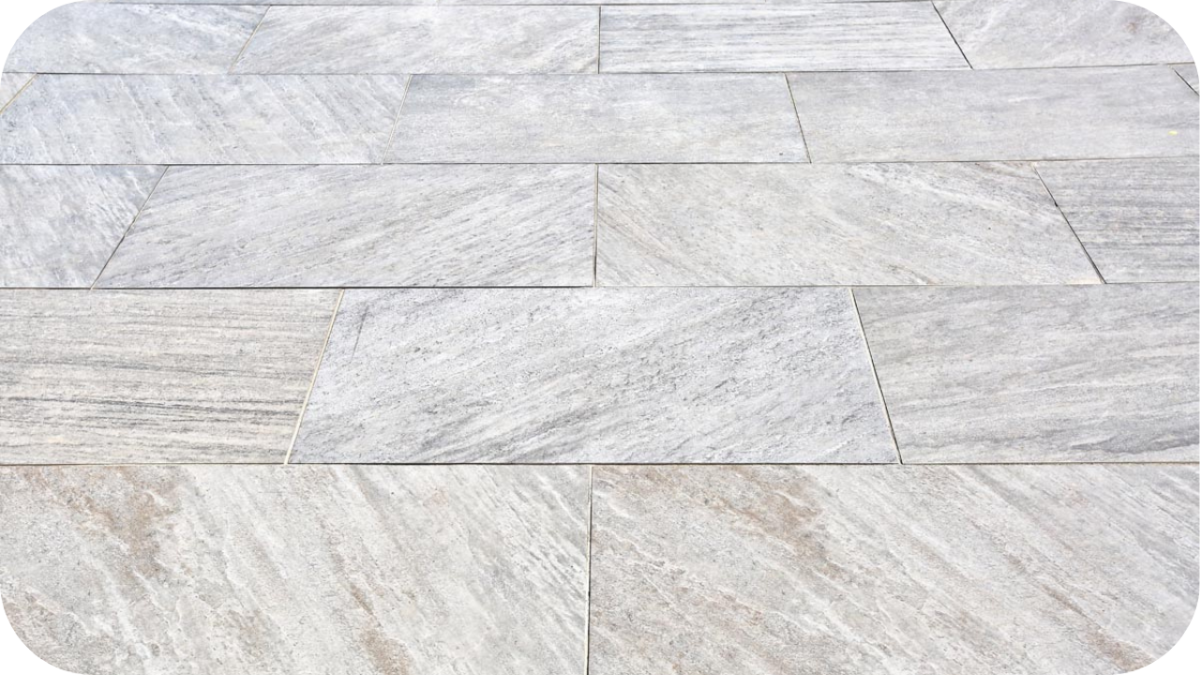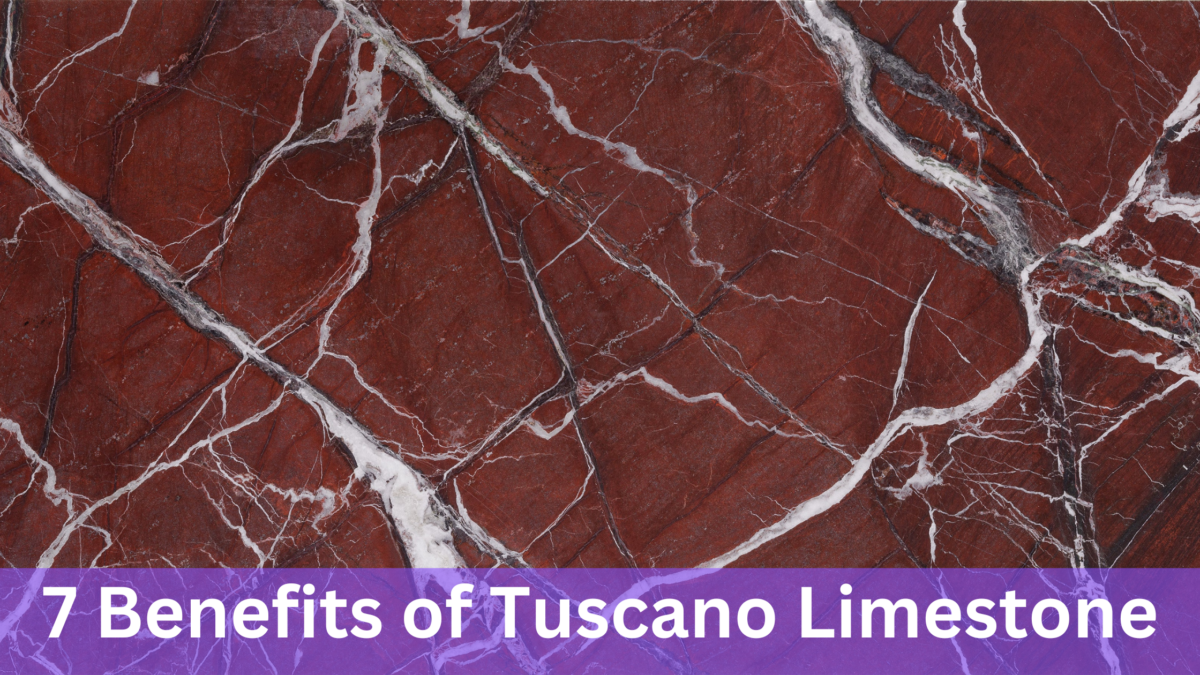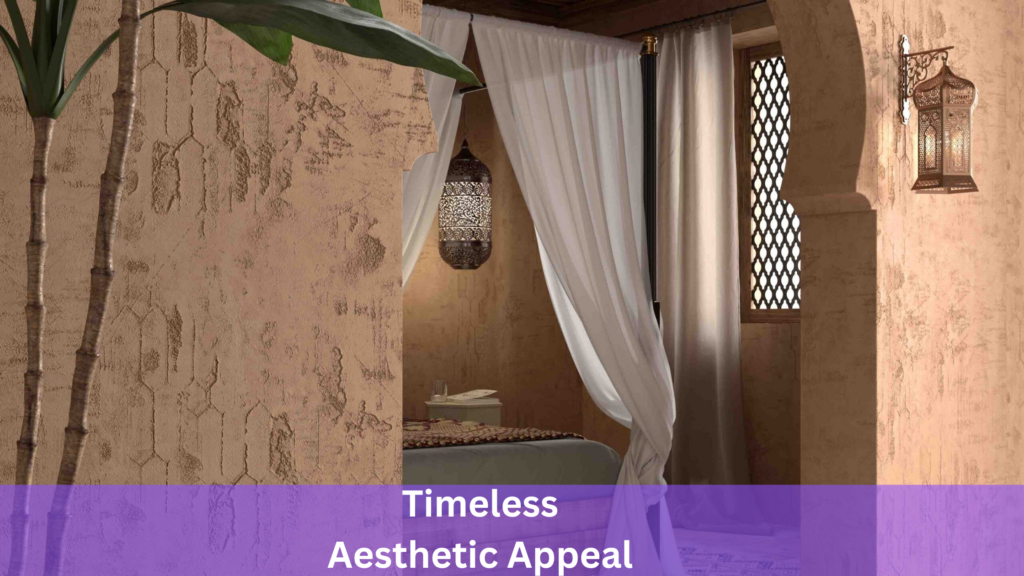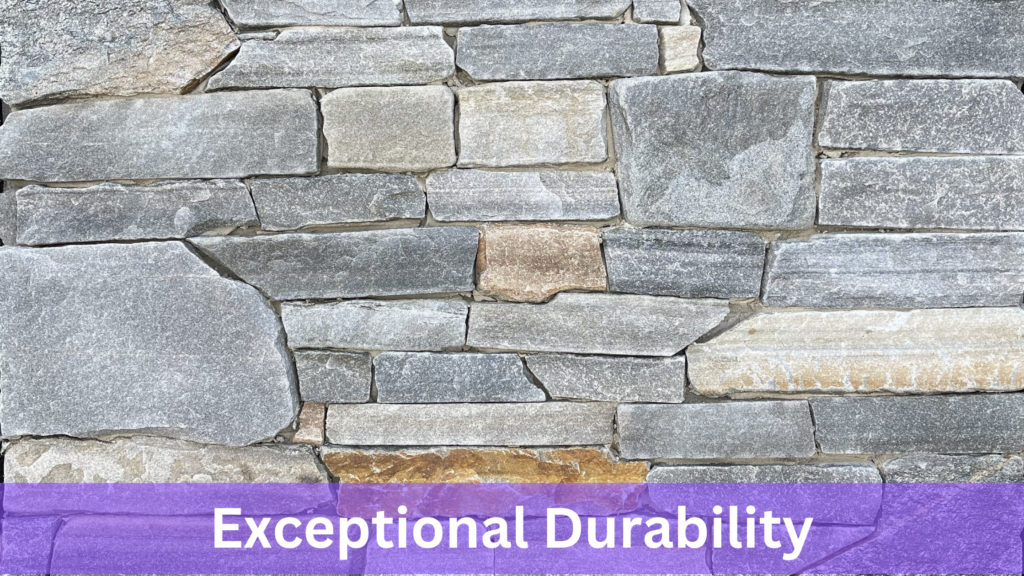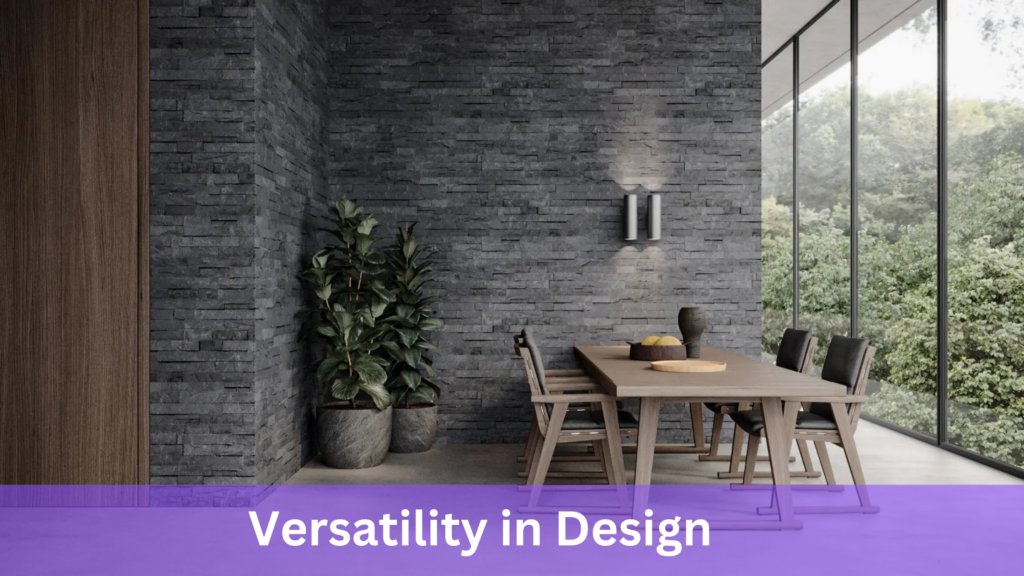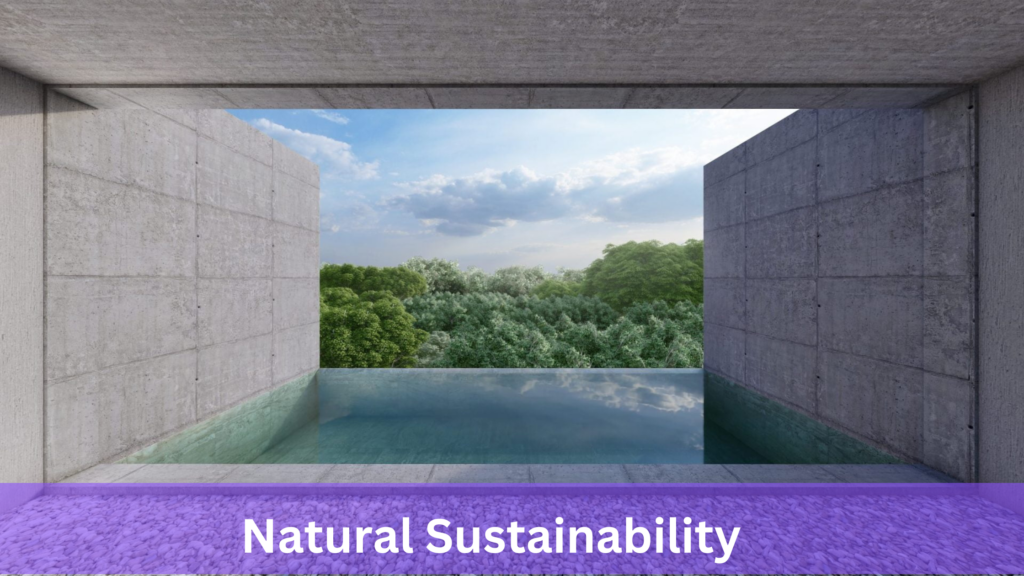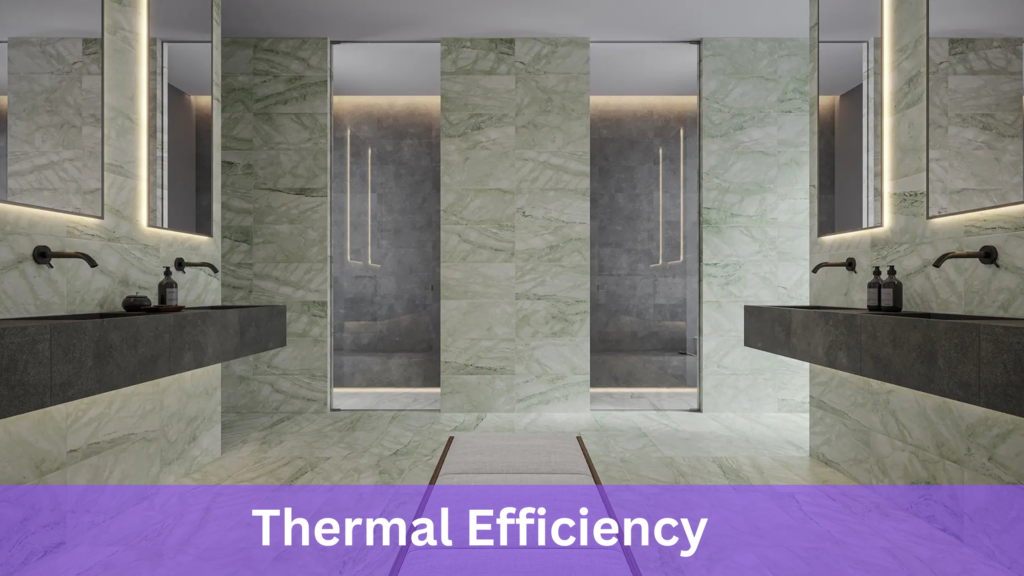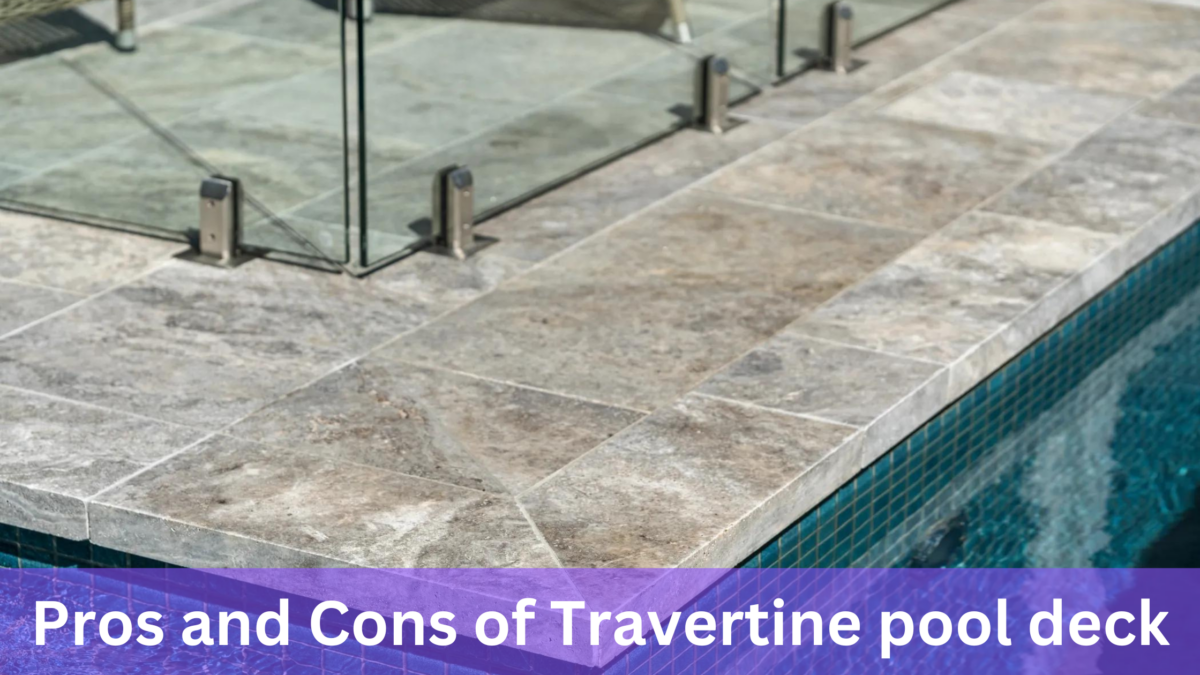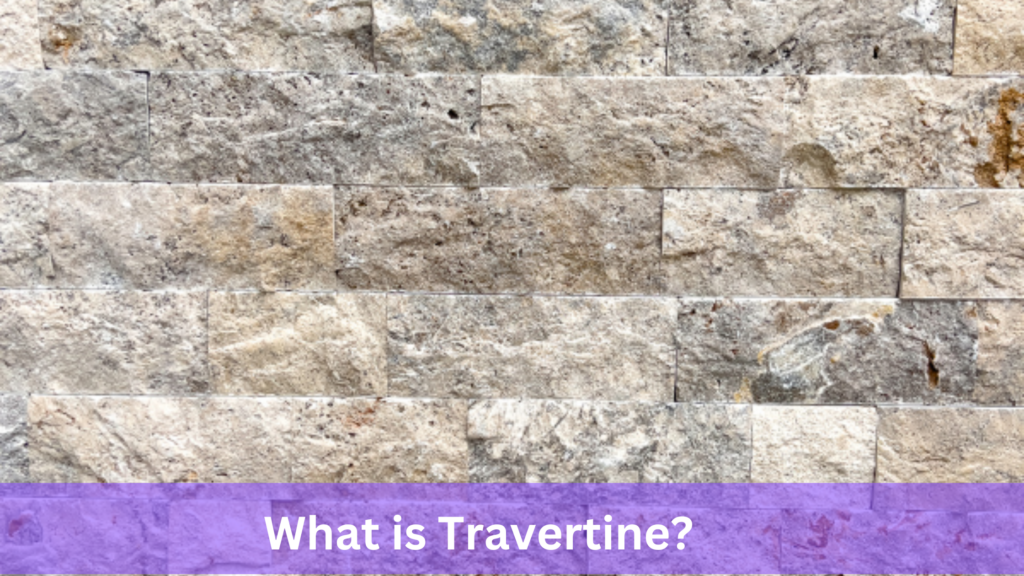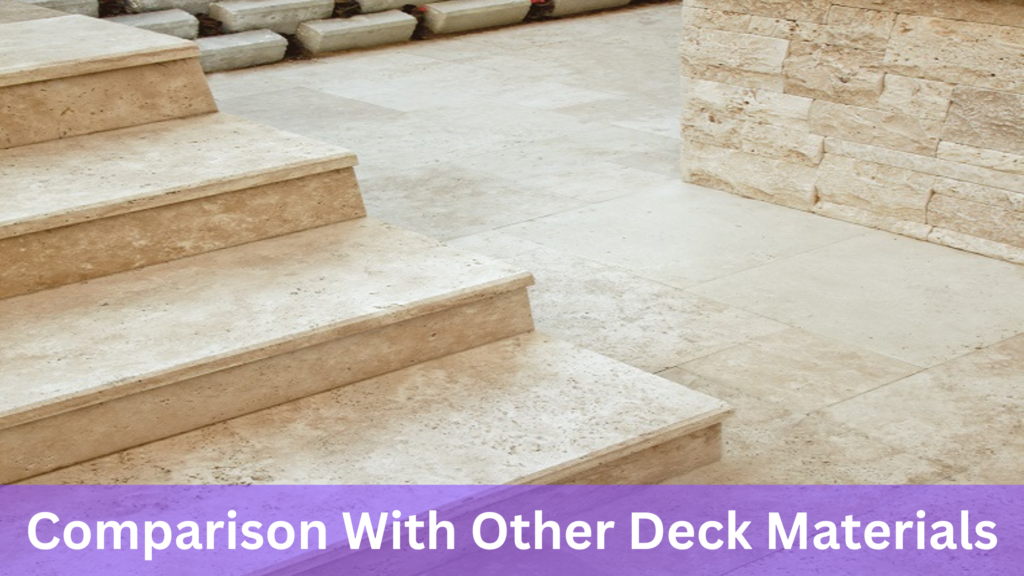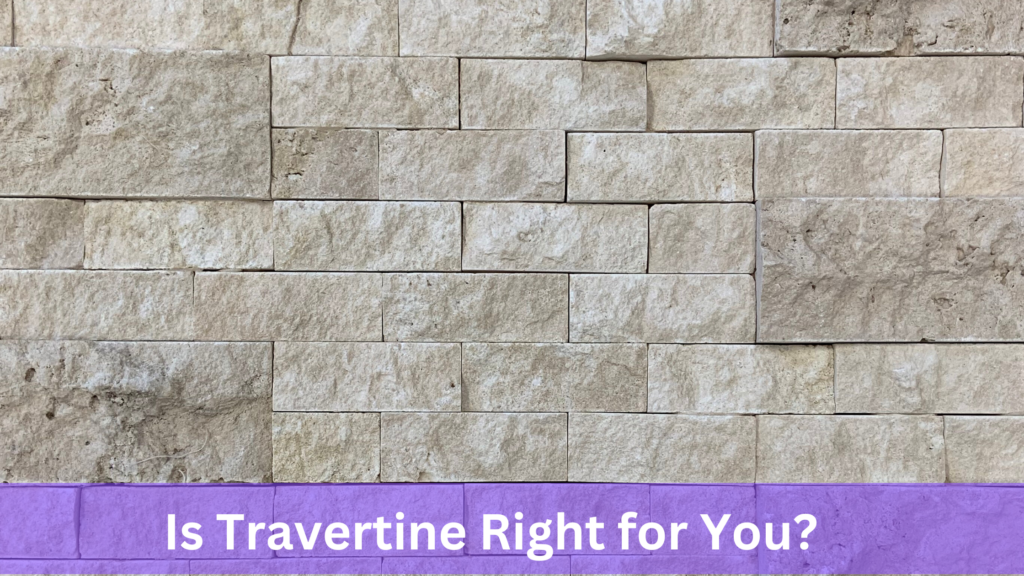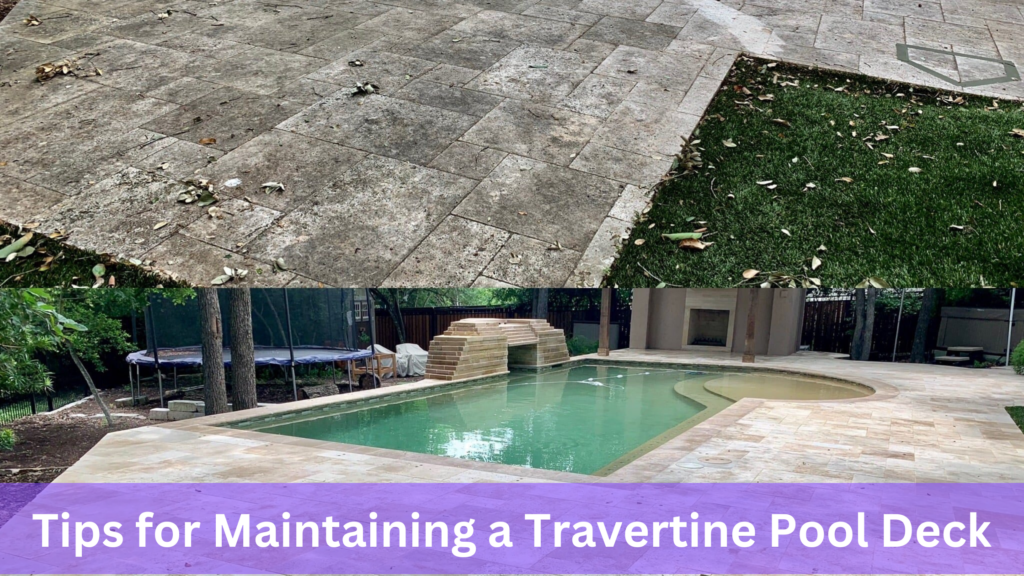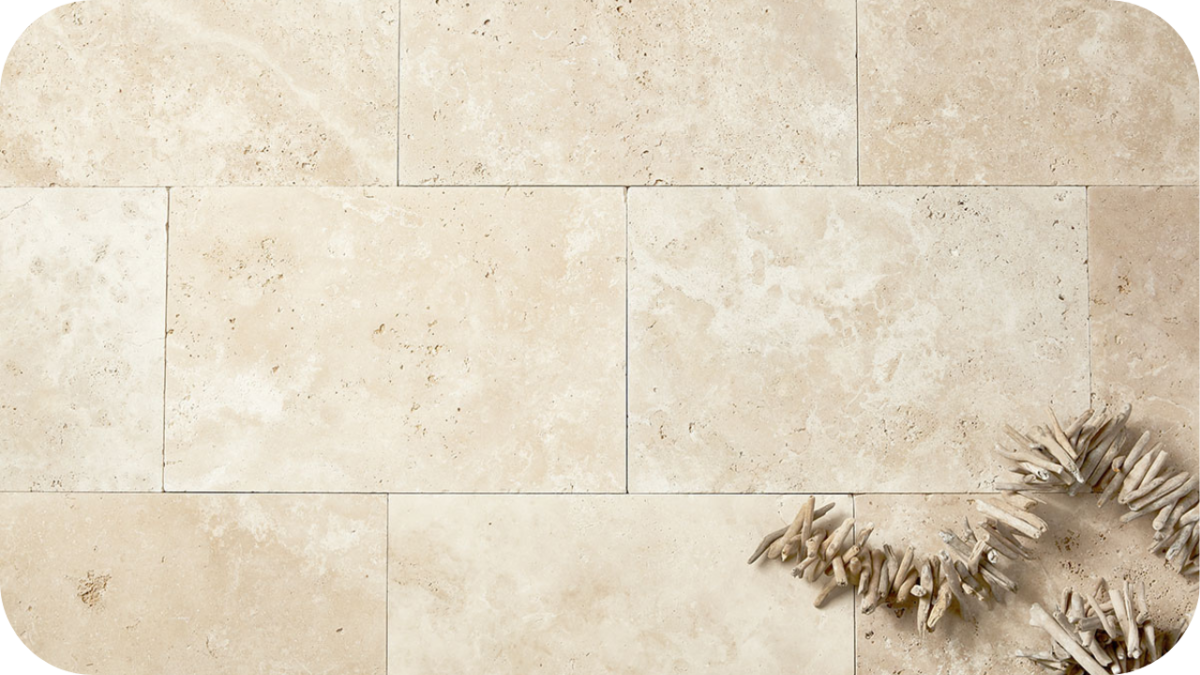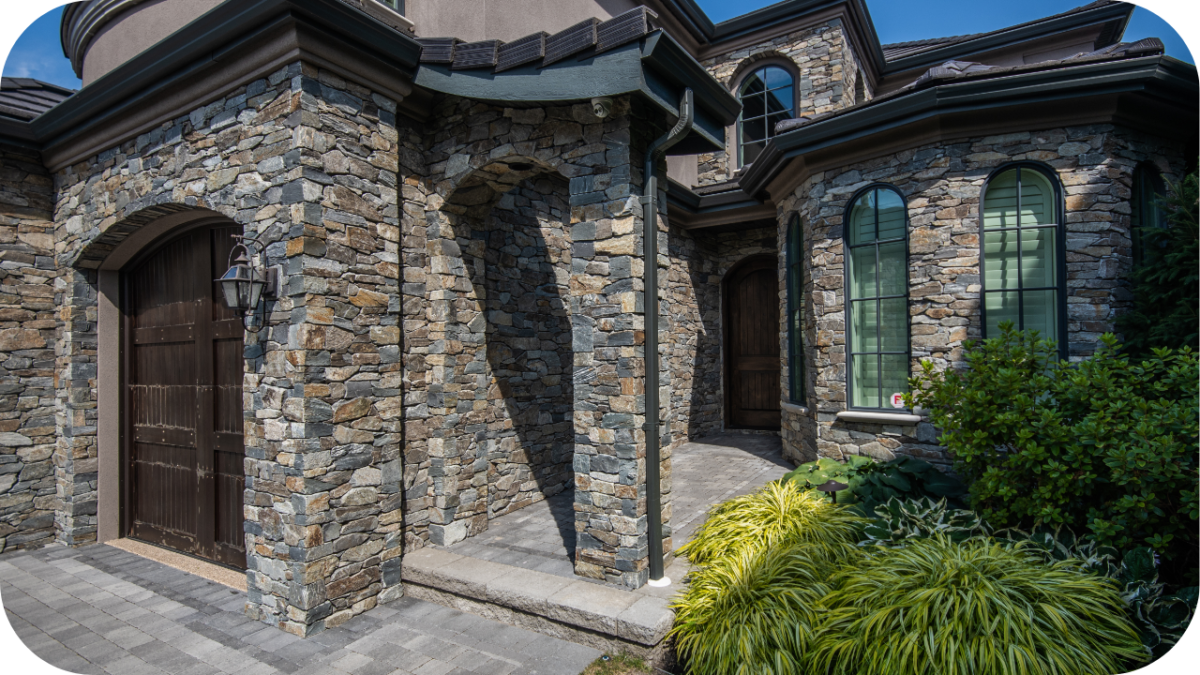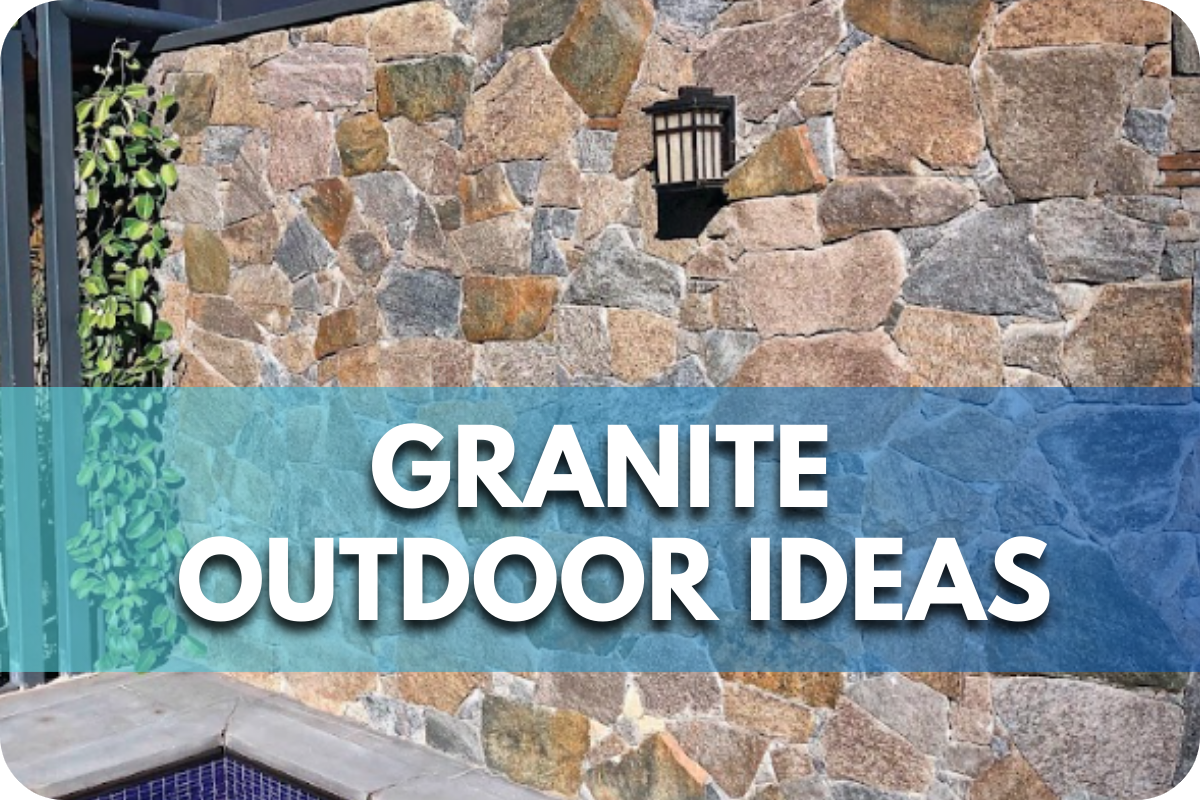Choosing the Perfect Natural Stone for Your Outdoor
Finding the right natural stone for your outdoor space can be overwhelming. There are many options, and you must avoid costly mistakes.
Imagine investing in a stone that doesn’t withstand weather conditions or clashes with your landscape, leaving you with regrets and additional expenses.
This guide will help you navigate the complexities of choosing the perfect natural stone, ensuring your outdoor space is beautiful, durable, and timeless.
Factors to Consider When Choosing Natural Stone
Choosing the perfect natural stone goes beyond aesthetics; it balances functionality and longevity. Several key factors warrant careful consideration:
- Climate and Weather Conditions: Your local climate plays a crucial role. If you experience harsh winters with freezing and thawing cycles, opt for stones like granite or slate, known for their freeze-thaw resistance. Humid environments call for moisture-resistant options like travertine or limestone.
- Intended Use: Define how you’ll use the space. High-traffic areas like patios or walkways require durable stones like granite or flagstone. Consider softer stones like sandstone or limestone for decorative walls or water features.
- Design and Aesthetic Preferences: The stone’s colour, texture, and pattern should harmonise with your outdoor space’s overall style. Consider whether you prefer a sleek, modern look or a rustic, earthy feel.
- Budget: Natural stone prices vary significantly. Determine your budget beforehand to narrow down your choices. Remember, some stones might require more maintenance, impacting long-term costs.
- Maintenance Requirements: Some stones are easier to clean and maintain than others. Granite and slate are generally low-maintenance, while porous stones like limestone and sandstone may need sealing to prevent staining.
Popular Types of Natural Stone for Outdoor Use
Choosing the right natural stone for outdoor space can significantly affect aesthetics and functionality. Here are some popular types of natural stone commonly used in outdoor settings, each with its unique characteristics and benefits:
1. Granite
It is renowned for its exceptional durability and weather resistance, making it an excellent choice for high-traffic areas like patios and walkways. Available in a wide range of colours and textures, granite offers versatility in design, allowing you to create anything from sleek, modern spaces to more traditional settings.
Its natural resistance to scratches and stains adds to its appeal, though periodic sealing is recommended to maintain its appearance.
2. Limestone
provides a classic, timeless appeal with its softer, more natural look. Its subtle elegance is particularly favoured for pathways, garden features, and wall cladding.
Limestone is relatively easy to work with, allowing for intricate designs. Still, it’s more porous than granite, so it requires regular sealing and maintenance to protect it from moisture and staining.
3. Sandstone
It is famous for its warm, earthy tones and naturally textured finish. Its slip-resistant surface is ideal for pool surrounds, garden paths, and patios.
Sandstone is more porous, so sealing is crucial to protect it from the elements and prevent water absorption, which could lead to damage over time. Despite this, its aesthetic appeal and comfortable feel underfoot make it a favourite in many outdoor designs.
4. Bluestone
Is known for its dense, durable nature and distinctive blue-grey colour, which brings a sleek, modern aesthetic to outdoor spaces.
It’s commonly used for paving, pool surrounds, and steps, offering a robust and slip-resistant surface that withstands heavy use and various weather conditions. Bluestone’s durability makes it a long-lasting option, although it can be prone to surface flaking if not correctly maintained.
5. Travertine
offers a natural, elegant appearance with its warm, earthy tones and unique porous surface. It’s often chosen for patios, pool surrounds, and outdoor living areas due to its slip-resistant and heat-resistant properties.
Travertine provides an excellent surface underfoot, even in hot climates, making it comfortable for barefoot walking. However, its porous nature requires sealing to prevent staining and damage from exposure to the elements.
6. Marble
Marble is synonymous with luxury and elegance, and it is known for its polished finish and distinctive veining. While more commonly associated with indoor use, marble can also be a stunning choice for outdoor seating areas, decorative elements, and garden features.
It requires more maintenance than other stones, as it’s prone to scratching, staining, and weathering. However, with proper care, marble can add a timeless, sophisticated touch to your outdoor space.
Applications of Natural Stone in Outdoor Spaces
Natural stone transcends functionality to elevate outdoor spaces into havens of beauty and practicality. Here’s how:
- Patios and Terraces: These outdoor living rooms crave natural stone’s inviting textures and timeless elegance. Whether a rustic flagstone patio or a sleek, modern granite terrace, stone provides a durable and stylish foundation for relaxation and entertainment.
- Pathways and Walkways: Guide guests through your garden with charming stone pathways. Choose from irregularly shaped flagstone for a natural feel or precisely cut granite for a more formal look. Not only do they add aesthetic value, but they also prevent soil erosion and offer safe passage.
- Pool Surrounds: Enhance your pool area with the non-slip surfaces of travertine or limestone. These stones stay cool underfoot, even in scorching sun, and their natural textures prevent slips and falls.
- Retaining Walls and Garden Edging: Natural stone offers structural support and visual appeal. Build sturdy retaining walls with stacked slate or granite, or define garden beds with the rustic charm of sandstone edging.
- Outdoor Kitchens: Elevate your culinary adventures with a natural stone countertop and backsplash. Granite or soapstone are famous for their heat resistance and durability, ensuring your outdoor kitchen remains functional and stylish for years.
Design Tips for Using Natural Stone Outdoors
Here are some design tips to maximise the impact of natural stone in your outdoor spaces:
- Colour Coordination: Consider the existing colours of your home, the surrounding landscape, and any other outdoor elements. Choose stones that complement or contrast in a visually pleasing way. Warm tones like beige and brown create a cosy feel, while cool greys and blues offer a modern touch.
- Pattern and Layout: The arrangement of your stone can drastically alter the look. For a formal feel, lay stones in a uniform pattern, like a running bond or herringbone. Opt for a random or irregular layout for a more natural, organic look, letting the stone’s natural shapes dictate the design.
- Combining with Other Materials: Feel free to mix materials. Pair smooth stone with the warmth of wood for a balanced aesthetic. Use metal edging or accents to add a modern touch. Incorporate greenery and plants to soften the hardships and create a lush, inviting atmosphere.
- Lighting Considerations: Well-placed outdoor lighting can truly showcase the beauty of natural stone. Uplighting creates dramatic shadows and highlights textures, while pathway lights guide the way and add safety. Consider using warm-toned bulbs to enhance the stone’s natural colours and create a welcoming ambience.
Maintenance and Care for Outdoor Natural Stone
Proper maintenance is key to preserving the beauty and longevity of your outdoor natural stone.
- Regular Cleaning: Sweep away debris regularly and wash the stone with a mild soap and water solution. Avoid harsh chemicals or abrasive cleaners that can damage the surface. For stubborn stains, consult a professional for specialised cleaning solutions.
- Sealing and Protection: Sealing helps prevent stains and protects the stone from moisture damage. The frequency of sealing depends on the type of stone and its porosity. Some rocks, like granite, may only need sealing once every few years, while others, like sandstone, may require annual reapplication.
- Repair and Restoration: Despite their durability, natural stones can chip, crack, or become uneven over time. Minor repairs can often be done using epoxy or specialised stone fillers. For larger repairs or restoration projects, consult a professional to ensure the job is done correctly and safely.
- Seasonal Care: In harsh winters, seal your stone before the cold sets in to protect it from freeze-thaw damage. Avoid using salt or de-icing chemicals directly on the stone during winter, as these can be corrosive. Regular summer cleaning and rinsing will help prevent spills and debris staining.
Conclusion
Choosing the perfect natural stone balances aesthetics, durability, and budget while considering your climate and intended use. Don’t settle for anything less than the best! Explore the diverse world of natural stone, and let Splendor In Stone guide you in creating your dream outdoor oasis with our expert advice and premium stone selection.

